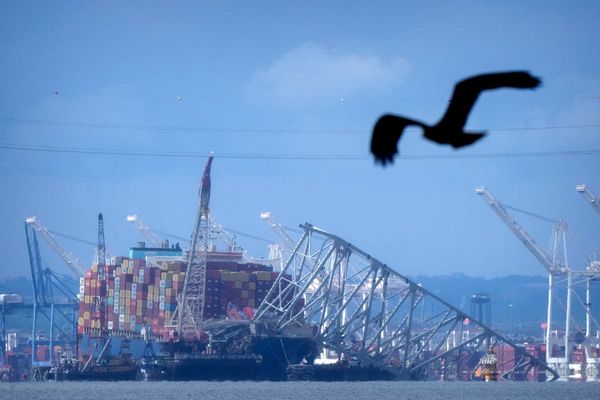
Hunger and disease are rising in Latin America after a year of record heat, floods and drought, a report by the World Meteorological Organization (WMO) has shown.
The continent, which is trapped between the freakishly hot Pacific and Atlantic Oceans, probably suffered tens of thousands of climate-related deaths in 2023, at least $21bn (£17bn) of economic damage and “the greatest calorific loss” of any region, the study found.
The climate chaos, caused by a combination of human-driven global heating and a natural El Niño effect, is continuing with devastating floods in the southern Brazilian city of Porto Alegre, which have killed at least 95 people and deluged swathes of farmland after the world’s hottest April in human history.
Global heat records have now been broken for 11 months in a row, causing death and destruction across many parts of the planet. Latin America and the Caribbean have experienced some of the worst effects.
In a summary of last year’s toll in this region, the WMO said disasters and climate change, along with socioeconomic shocks, are the main drivers of acute food insecurity, which affects 13.8 million people.
As the climate warms, diseases are spreading across a greater area. The WMO noted that more than 3m cases of dengue fever were reported in the first seven months of 2023, breaking the previous annual record for the region. Uruguay experienced its first cases of chikungunya and Chile widened alerts about the Aedes aegypti mosquito vector.
There were an average of 36,695 heat-related excess deaths each year in the region in the first two decades of this century. Last year’s toll has not yet been calculated, but it is likely to exceed the average given the record temperatures and prolonged heatwaves in many areas.
Mexico had a record high of 51.4C on 29 August, and many areas sweltered in a prolonged heatwave. By the end of the year, 76% of Mexico was experiencing some degree of drought. In October Acapulco was hit by the first ever category 5 hurricane to make landfall on the Pacific coastline. Hurricane Otis killed at least 48 people, damaged 80% of the city’s hotels and left damages calculated at $12bn.
Other areas of Central and South America endured unusually fierce heat and prolonged drought. The Panama Canal had 41% less rainfall than normal, causing difficulties for one of the most important conduits of world trade.
Brazil, the biggest country in Latin America, experienced record winter heat in excess of 41C and severe droughts in the Amazon rainforest, where the Rio Negro recorded its lowest level in more than 120 years of observations, fires raged around Manaus and more than 100 baiji river dolphins died in the hot, shallow, polluted waters of Lake Tefé.
The south of Brazil has repeatedly suffered deadly flooding. At least 65 people died in São Paulo in February 2023 after torrential rains and landslides. Another 48 were killed and 20,000 displaced in the state of Rio Grande do Sul in September after 300mm of rain fell in 24 hours and now the same southern state is deluged once again. Streets have turned to rivers in Porto Alegre, the capital, forcing the international airport to close while the football pitch of the Arena do Grêmio resembles a lake.
Last year, floods also took lives, disrupted business or ruined crops in Argentina, Chile, Uruguay, Paraguay, Peru and Bolivia.
Combined with drought, this has hurt agricultural production in one of the world’s most important food production regions. Wheat production in Argentina fell 30% below the five-year average, and a similar loss is expected in the harvest of the grain in the Brazilian state of Paraná and Rio Grande do Sul. Some of these losses have been offset by record maize production in other parts of Brazil, but food prices are rising. Overall, Latin America has suffered significant calorific losses, the report said. In countries that are also experiencing political and economic problems, such as Venezuela, Haiti and parts of Colombia, this is creating a food crisis.
The costs in human lives, lost food production and economic damage are expected to rise for as long as humans continue to burn gas, oil, coal and trees, which emit heat-trapping gases into the atmosphere.
“Sadly, this is probably only the beginning,” said Prof José Marengo, the lead author of the WMO report and director of the Brazil National Center for Monitoring and Early Warning of Natural Disasters. “Extreme events are becoming more frequent and the period of return is becoming shorter.”







